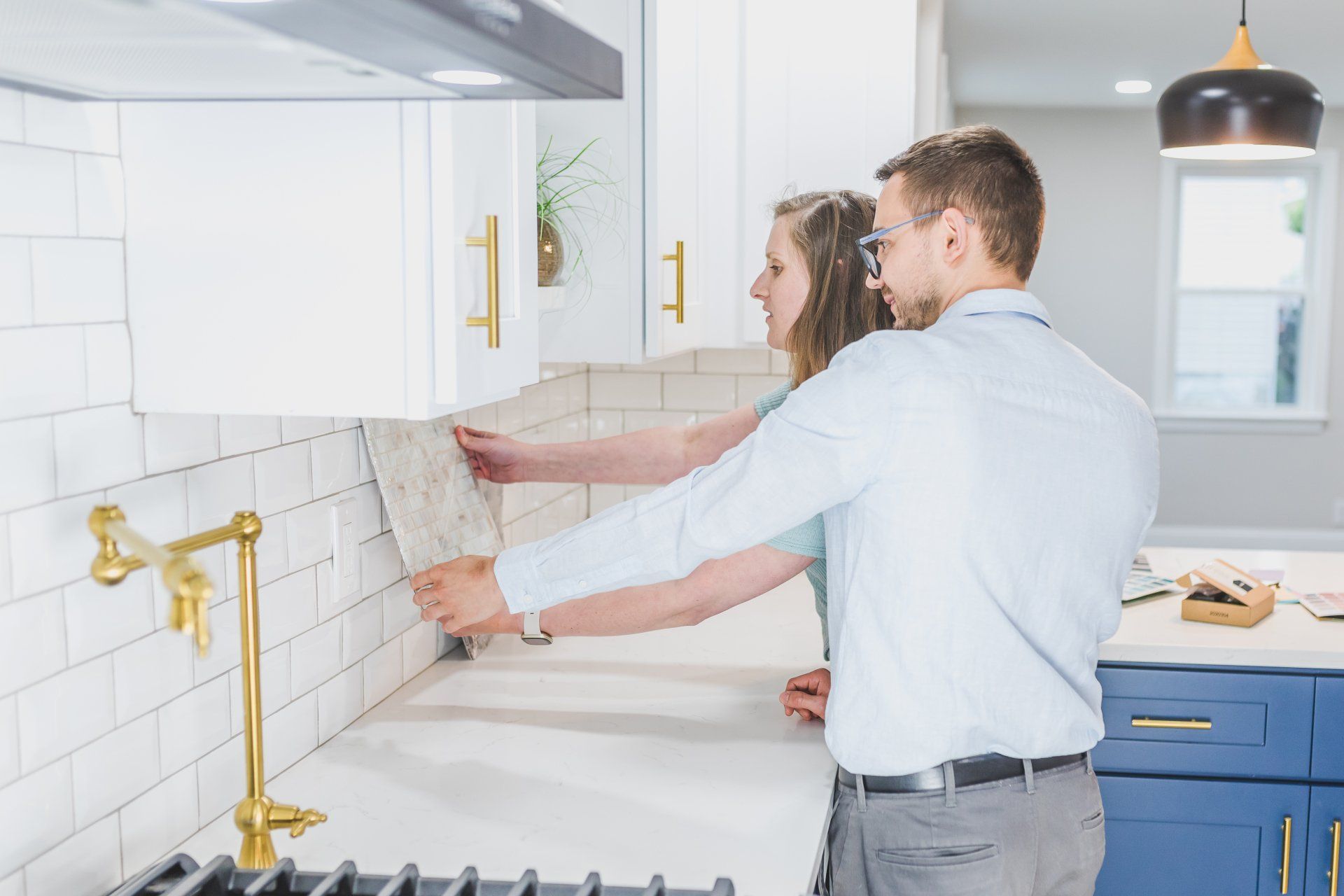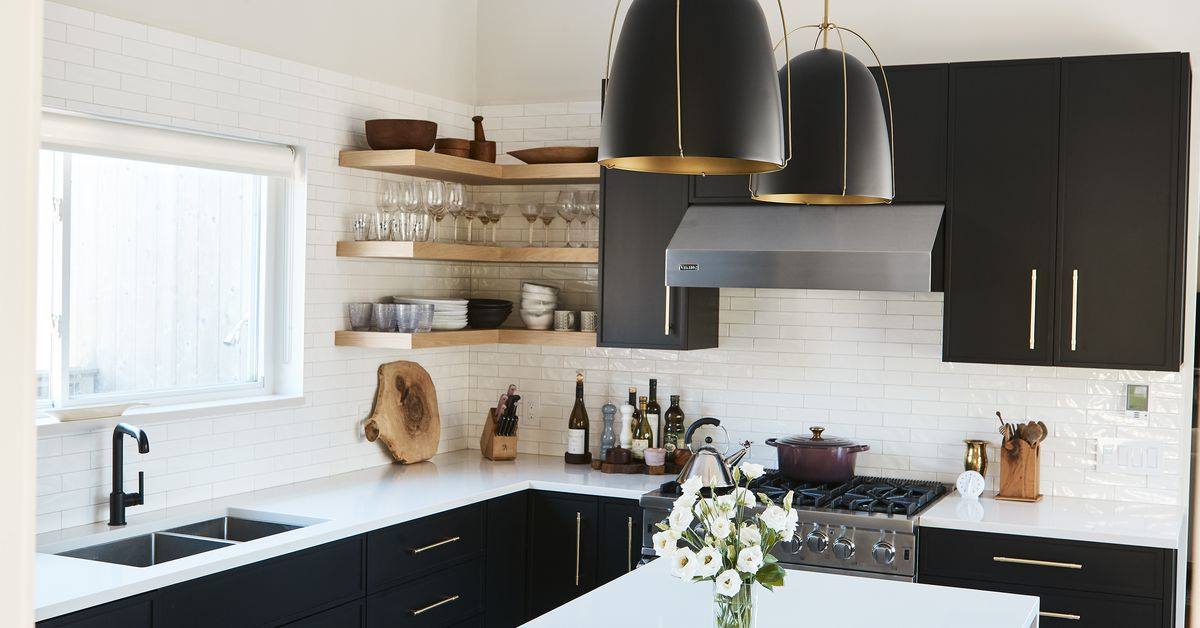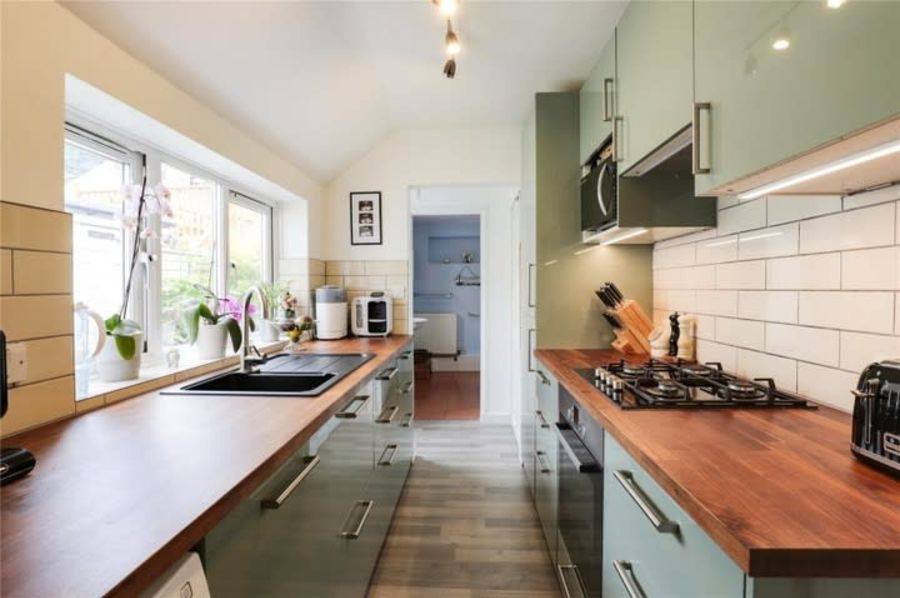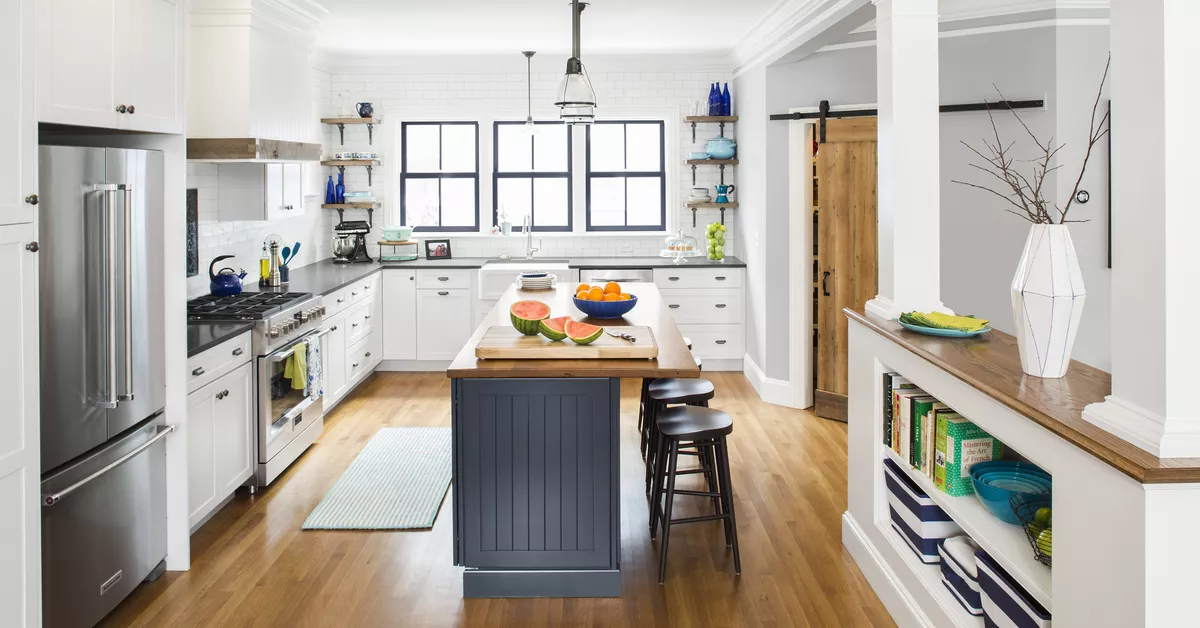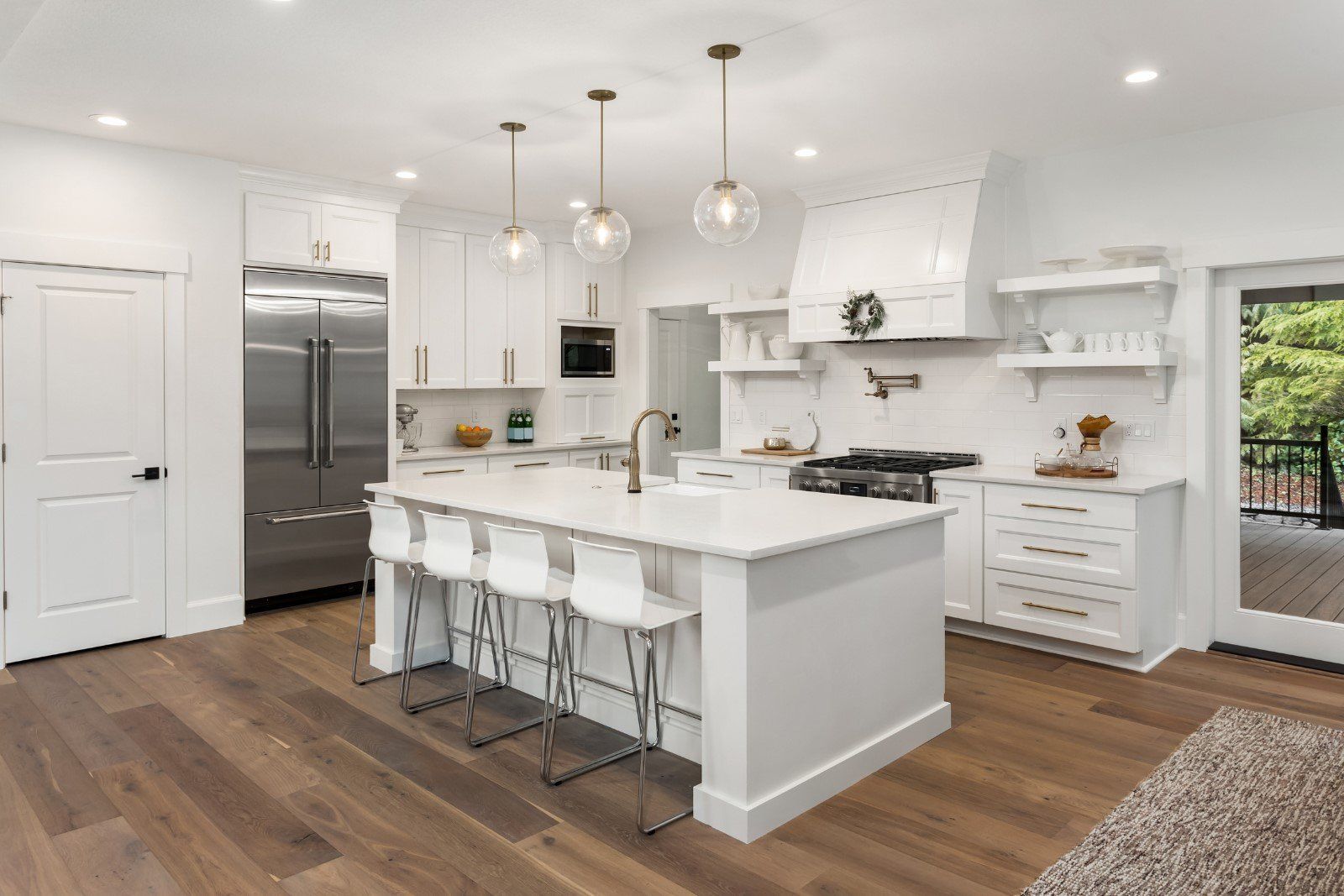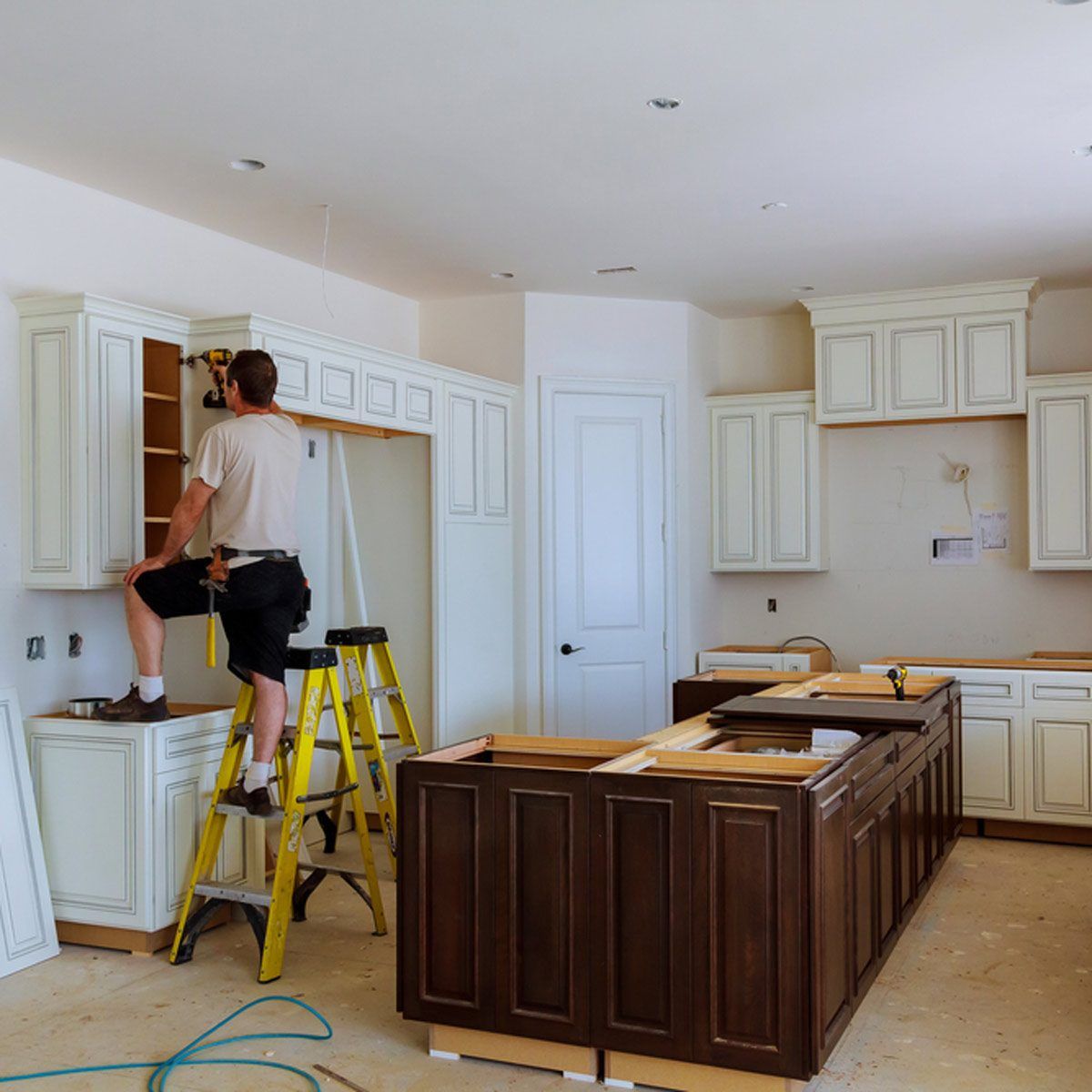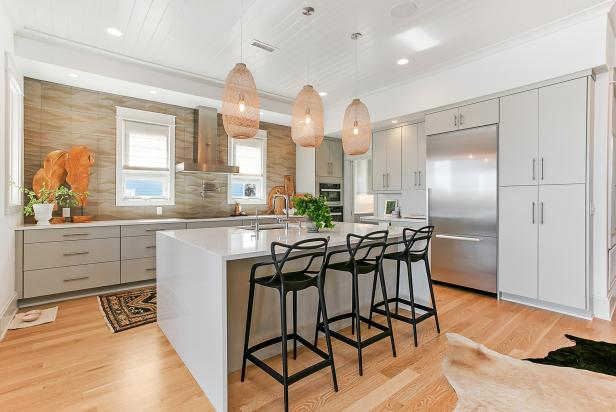Plan and Execute Improvements to Your Commercial Property
If you're considering tenant improvements for your commercial building, you'll want to partner with a reputable general contractor. Tenant improvements can add significant value to your property, and they can be customized to meet the specific needs of your business. But because tenant improvements can be complex and disruptive, it's important to work with a contractor who has experience managing similar projects.
The right contractor will help you navigate the permitting process, coordinate with other trades, and minimize disruptions to your business. With careful planning and execution, tenant improvement can be an effective way to achieve your desired results.
The Tenant Improvement Process
Step One
Client Consultation and Design
It's important to consider the company's culture and how to use the space during the planning process. Some improvements include making changes or additions to a commercial building to suit the tenant's specific business needs. This can consist of both interior and exterior modifications and is typically overseen by a general contractor. The scope of tenant improvement work can vary greatly, from simple cosmetic upgrades to major structural changes.
- Demo or remove existing walls
- Build new sheet rock walls
- Electrical upgrades
- Plumbing installation
Step Two
Determine the Cost and Maximize Your Budget
In some cases, the tenant may be responsible for all costs associated with the tenant improvement project, while in others the landlord may cover some or all of the expenses. Regardless of who pays for the work, tenant improvements can be a valuable way to customize a commercial space to better meet the needs of the tenant. It's important that you negotiate a favorable tenant improvement allowance with the landlord so you can minimize your out of pocket costs to cover the rest.
- Landlord budget
- Tenant improvements
- Preliminary construction bids
- Cost of materials
Step Three
Start the Build and Meet Your Needs
Let's get started with the build! Tenant improvements are required in most commercial spaces, as it's very rare that you find a space that meets your needs exactly. Some sort of interior build out will typically be needed. Branding in your entry ways, reception areas, and conference rooms are important and the use of furniture pieces, accent colors and lighting elements will help you emphasize your brand.
During the Process we Utilize the Best Contractor/Client Communication Tool
At Builders Innovation Group, we work with an online tool, CoConstruct, that lets us stay in touch with you every step of the way from pre-sale to warranty. CoConstruct is an online construction management software that allows us to coordinate your project and to provide you with access to a secure website with the most recent details of your project. Furthermore, this online software allows us to enhance collaboration with our clients and all the team working on the project.
- Track projects from start to finish
- Control your financials
- Make the building process a joy for customers through the entire process
Build Projects with the Right Materials
We work together to pick the right look for your project.
Floor Plan
When starting a new construction project, the floor plan is one of the first things that needs to be determined. The floor plan is a critical part of the construction process as it lays out the blueprint for the entire project. Once the floor plan is finalized, the construction team can begin working on putting together the rest of the structure.
Wood
The most common woods used in construction are pine and fir, although there are also many hardwoods that can be used, such as oak and maple. The type of wood that is chosen for a project will depend on a variety of factors, including the budget, the climate, and the intended use of the space. For example, hardwoods are typically more expensive than softwoods, but they are also more durable and lower maintenance.
Tile
There are many factors to consider when picking out tile such as size, color, and style. You also need to decide what type of tile you want. The most popular tile choices for new construction are ceramic and porcelain. Ceramic tile is made from clay that is fired in a kiln. Porcelain tile is made from a more dense clay that is also fired in a kiln.
Special Features
From custom cabinets and granite countertops to hardwood floors and energy-efficient windows, the options are nearly endless. However, with so many choices available, picking the right special features for your project can be daunting. Fortunately, there are a few tips that can help make the process easier. First, consult with your general contractor to get an idea of what is possible within your budget. Then, research the different options and compare their benefits and drawbacks.




